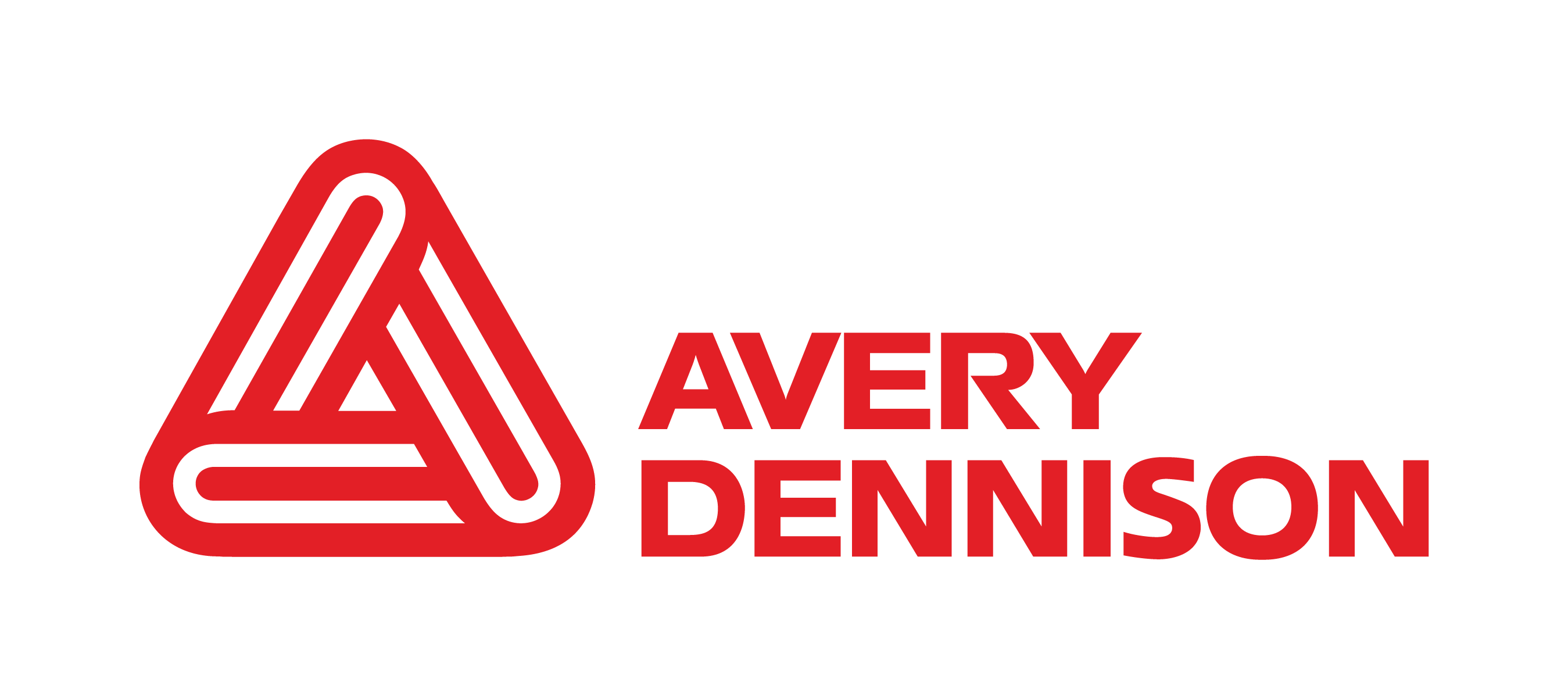Eco-modulation was designed to encourage producers to consider the overall environmental impact of their products. It incentivizes the development and design of more sustainable packaging solutions that are easier to recycle, more durable and less harmful to the environment. While some EU countries already have eco-modulated fees incorporated into their EPR schemes, they vary significantly between countries, leaving producers to navigate the complex EPR landscape.
Complexity of EPR fees across Europe
The fee structure can vary depending on the packaging category and the specific EPR scheme in each country in which goods are sold. The number of EPR organizations can vary per country, and from one organization to another, resulting in a complex challenge for producers to calculate what fees they are required to pay.
For example, in the Netherlands, Verpact manages the packaging waste EPR scheme. Producers pay a fee per package, which is then used to finance the collection and recycling of packaging waste across the country. Verpact provides the information and tools to producers that help them assess how their packaging choices comply with EPR criteria. They also suggest how sustainable products, such as sustainable labels, can help lower fees and provide reporting to the government on the progress they are making in reaching recycling targets.
More recently in 2024, Verpact introduced an eco-modulation model for the calculation of EPR fees for plastic packaging. This model rewards highly recyclable packaging (ie: packaging that consists of a mono-material, features transparent, white or natural colors and/ or features labels that comply with the proposed criteria and that passes KIDV’s Recycle checks for rigid or flexible packaging) and the use of recycled content. For example, rigid plastics such as PET bottles or HDPE containers, that have a regular tariff of 1.22 €/kg, can have up to 50 cents discount, leading to a reduced tariff of 0.72 €/kg.
How the PPWR will impact brands, converters and existing EPR fees
The PPWR is poised to significantly transform the packaging landscape, with far-reaching implications for both brands and converters. The shift towards increased producer responsibility, stricter design requirements and a greater emphasis on eco-modulation will necessitate a fundamental rethinking of packaging strategies.





